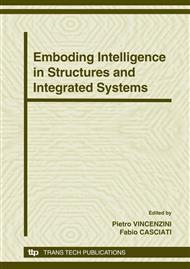p.116
p.122
p.127
p.137
p.147
p.154
p.164
p.170
p.176
Optimal Simulation for Large Dynamic Systems
Abstract:
Like most engineering design problems, simulation design for large dynamic systems should seek a trade- o® between performance and cost. Here the perfor- mance is de¯ned by simulation accuracy; and the cost is related to computational resource, measured by the total wordlength. The simulation accuracy depends on model complexity, model realization and computational implementation. The optimal simula- tion problem is to determine all these factors to en- sure desired accuracy with available computational resource. When computational cost is the primary concern, one can minimize the computational re- source with simulation accuracy constraint. We de- ¯ne the economical simulation problem (ESP) as de- signing the simulation of a stable linear system and distributing computational resources (wordlength) among the digital devices such that the computa- tional cost(memory) is minimized without violat- ing the required simulation accuracy. This problem is generally not convex because of the scaling con- straint. By exploring the special structure of this joint optimization of the choice of the realizations and the computational resources to be applied, and under a scaling assumption, the ESP is converted to a convex problem. Numerical results are given which compare this method with existing approaches.
Info:
Periodical:
Pages:
147-153
Citation:
Online since:
September 2008
Authors:
Price:
Сopyright:
© 2008 Trans Tech Publications Ltd. All Rights Reserved
Share:
Citation:


